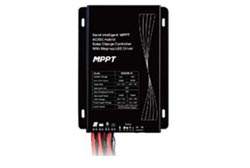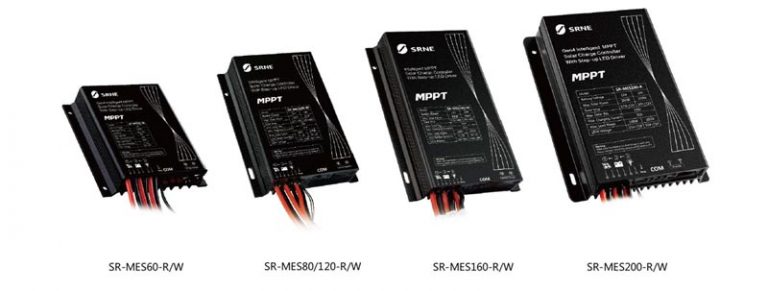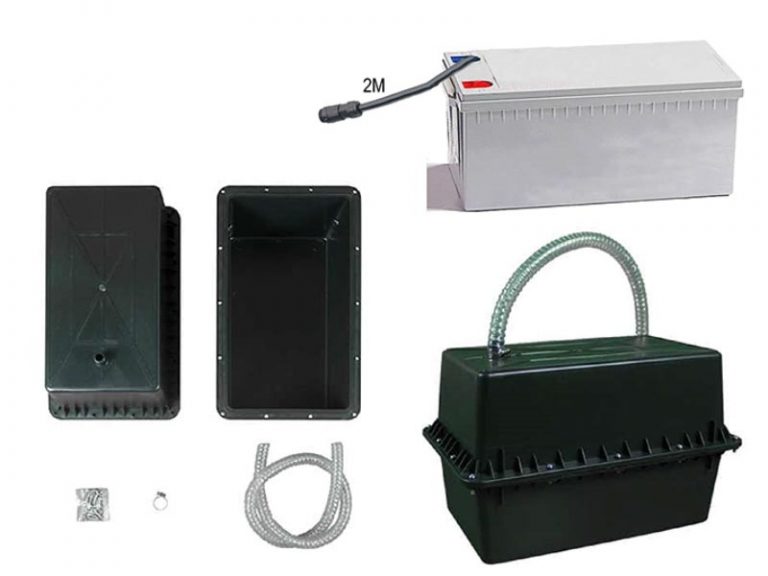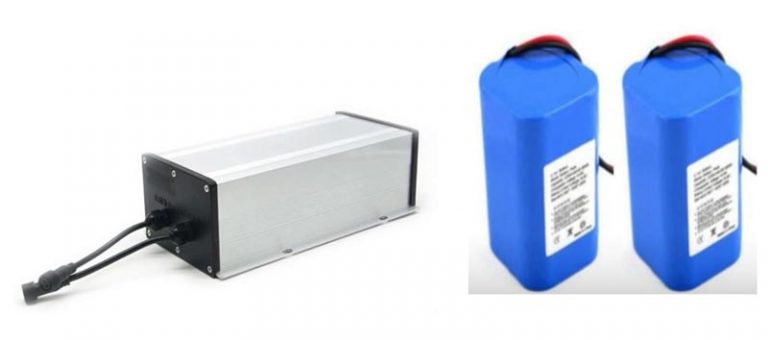Solar Street Lights
Why Lumentek's Solar Street Lights?
The majority of solar streetlights in GCC and African countries face challenges due to elevated dust levels on panel surfaces and batteries struggling with high temperatures.
Technical issues often arise after a few months, causing uncertainty among consumers.
Our company, utilizing German technology and operating a production line in Dubai, effectively addresses these challenges.
We employ vertically mounted lightweight cylindrical solar panels with flexible HJT solar cells and a water and UV-resistant coating on poles to minimize dust accumulation.
Additionally, with high-temperature lithium batteries, we guarantee a minimum lifespan of more than 8 years for our solar lights.
In contrast to our competitors, who claim to offer high-temperature batteries, their discharging temperature at night is 60 degrees Celsius, with a daytime charging temperature of only 45 degrees Celsius.
Despite ambient temperatures ranging from 45-50 degrees Celsius in summer, the critical factor is the surface temperature, which is 15-20 degrees Celsius higher than the ambient temperature. This elevated surface temperature is transferred to the battery during the charging period, potentially reducing its lifespan.
In contrast, the LiFePO4 battery cell we utilize has a charging temperature exceeding 60 degrees Celsius, providing a foundation for guaranteeing a battery lifespan of 8-10 years.
Die-Cast Aluminum Housing
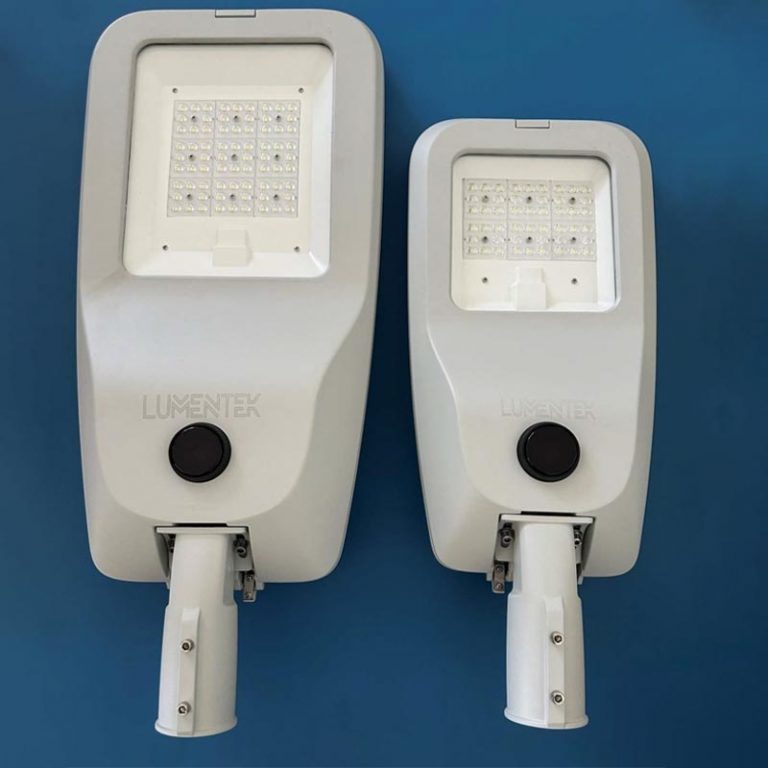
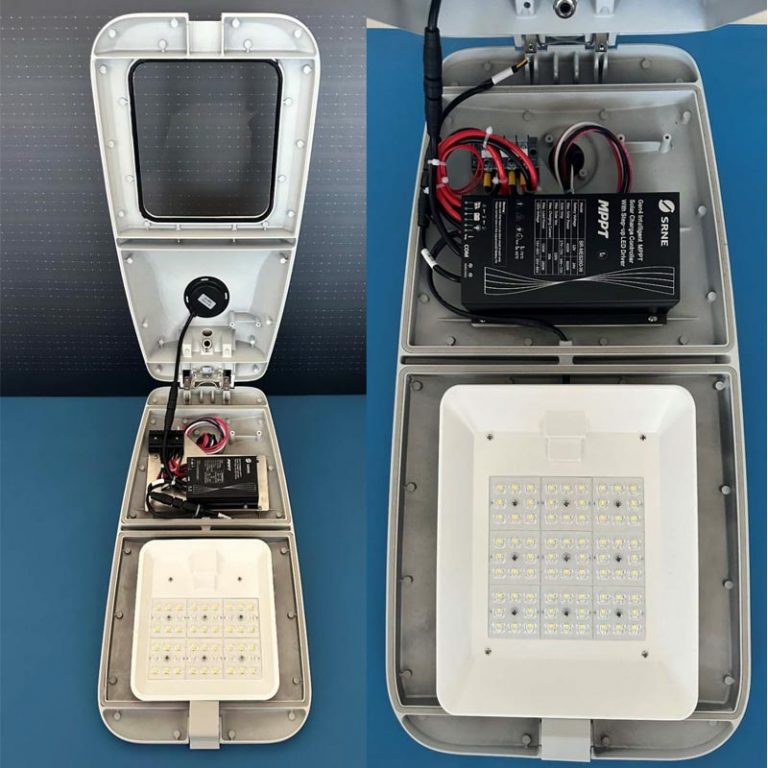
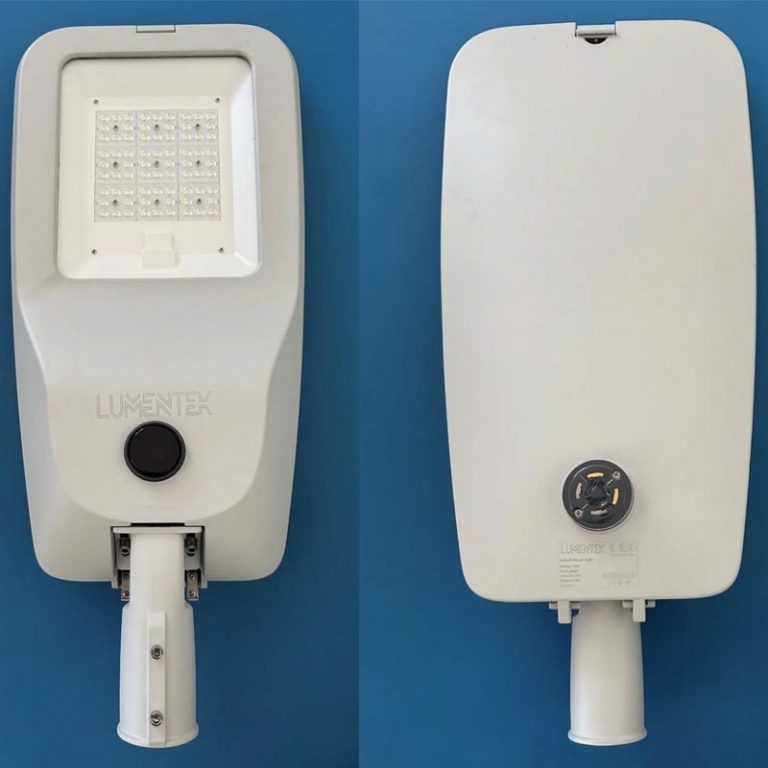
Mechanical Design:
- Luminaires have a double-compartment architecture
- All gaskets are made from silicon
- Glass cover made with extra clear flat glass cover
- Impact resistance: IK09
- Product protection of water ingress: IP66
- Material: Corrosion resistance high-pressure die-cast aluminum alloy AlSi12(Fe) with less than 0.1% copper content based on ENAC-44300
- Finishing: Akzo Nobel D1010 powder coating for C4 environment
- Tools less design to access both the led module and charge controller
- Led Chips: Cree 3030 or 5050 E class
- Charge Controller: MPPT boost constant current charge controller integrated with led driver
- Motion sensor: Microwave induction type as an optional
- Optical lens is UV resistant PC or PMMA type I, II, III, …….
- 5 pins NEMA socket as an optional
- The luminaire is equipped with a dual control optical system, combining lens and frame reflector
- All cable glands and screws are stainless steel
MPPT Charge Controller
Gen4 SR-MES Series [MES60|80|120|160|200|260|300(-R/-W)]
A boost constant current charge controller integrated with an LED driver is a combination of two essential functions in one circuit. Let’s break down each part:
- Boost Constant Current Charge Controller: This component is responsible for managing the charging process of a battery or energy storage system. It takes the variable voltage from a power source (like a solar panel or another power supply) and boosts it to a higher level while maintaining a constant current flow during the charging process. This ensures that the battery is charged efficiently and safely.
- LED Driver: An LED driver is a device that regulates the current and voltage supplied to LEDs, ensuring they receive the appropriate electrical parameters for optimal performance and longevity. LED drivers are crucial for maintaining a consistent and stable current flow to the LEDs, preventing overcurrent or voltage spikes that could damage the LEDs. When you integrate a boost constant current charge controller with an LED driver, you essentially combine the functionalities of charging a battery and driving LEDs into one integrated circuit. This integration is commonly used in solar-powered LED lighting systems, where the solar panel charges the battery during the day through the boost constant current charge controller. Then, during the night or when needed, the LED driver utilizes the stored energy in the battery to power the LEDs, providing efficient and reliable illumination. This integrated approach is convenient and space-saving, making it a popular choice for solarpowered LED applications, especially in outdoor lighting and remote areas where a reliable power source is crucial.
High-Temperature grade A+
LiFePO4 Battery Pack with BMS
Methodology for Underground Battery Installation
1- Battery istalled way :
install battery underground in lead-acid battery case

2- Structre Diagram :
Advantages of underground solution :
- minimize heat transfer from the environment and will not facing the problem of heat dissiption and transfer of battery self-temprature
- with IP67 waterproof suitable for rain area

2- Requirements of the Battery :

Solar light for residential and commercial areas
Top Post Housing for Residental Area (optional)
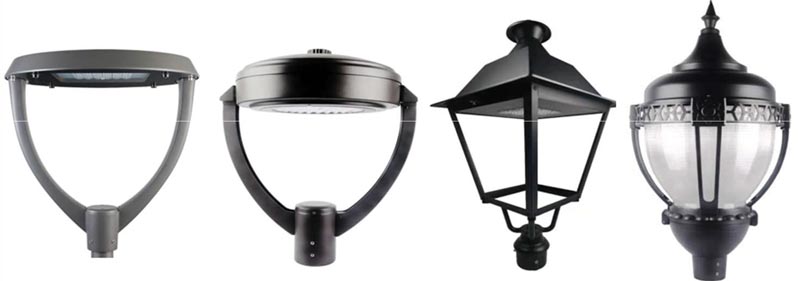
Decorative light pole base (optional)
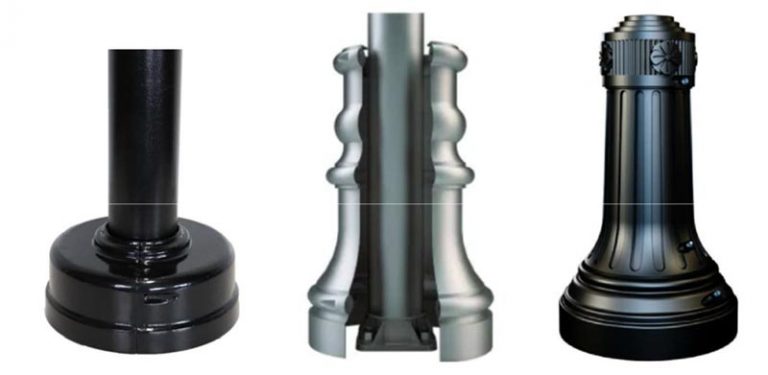
Motion Sensor (optional)
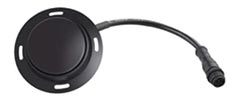
Solar IoT module for remote monitoring (optional)
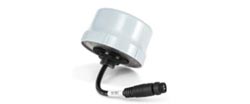
NEMA socket with zhaga base (optional)
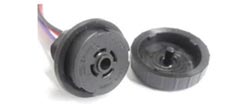
Hybrid charge controller AC/DC (optional)
in case of low battery, the system automatically connects to the grid
